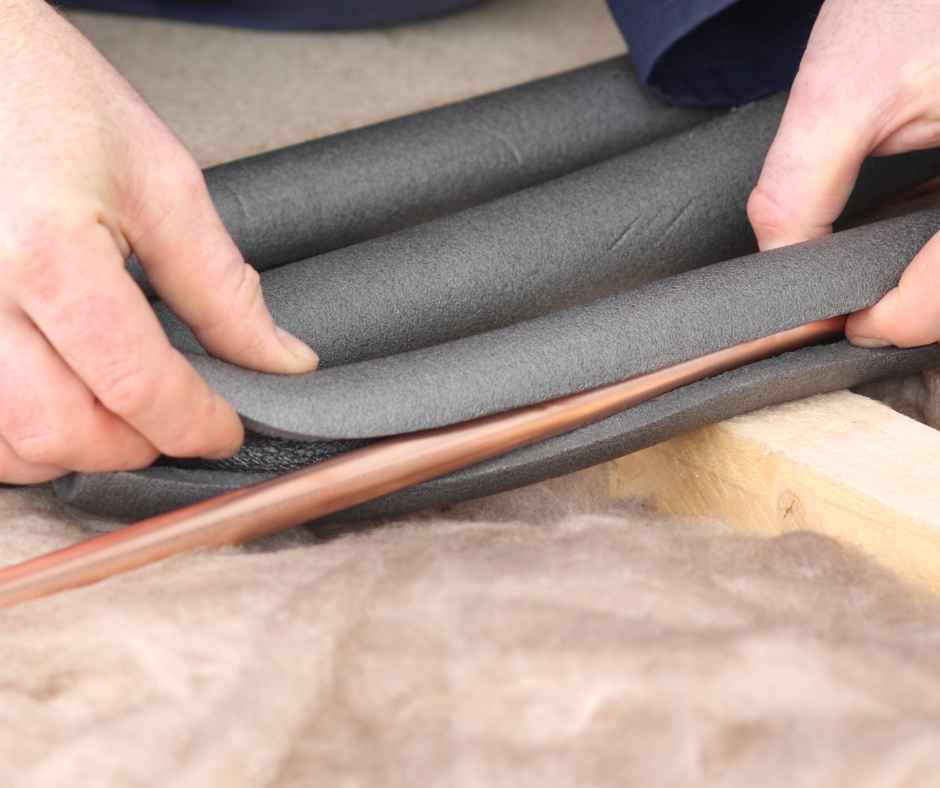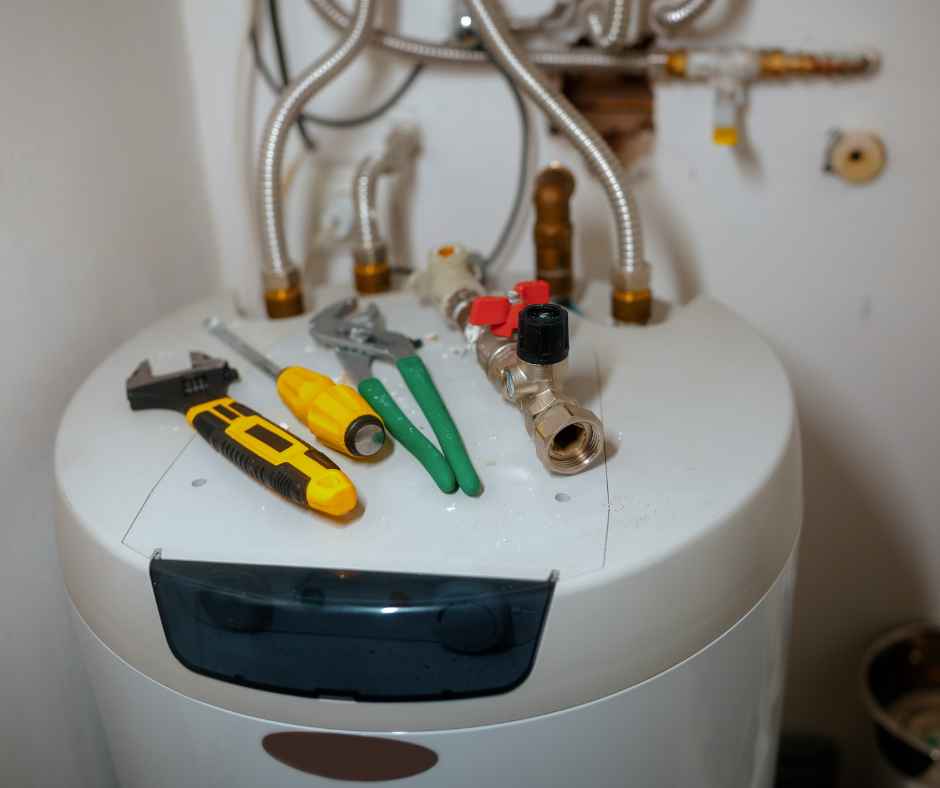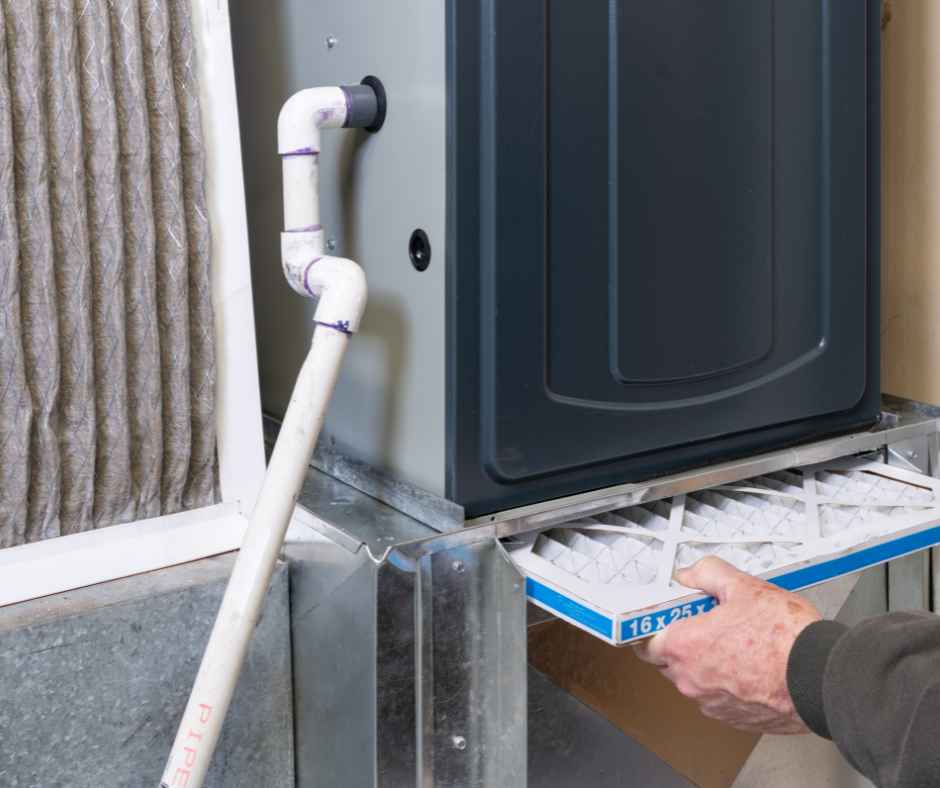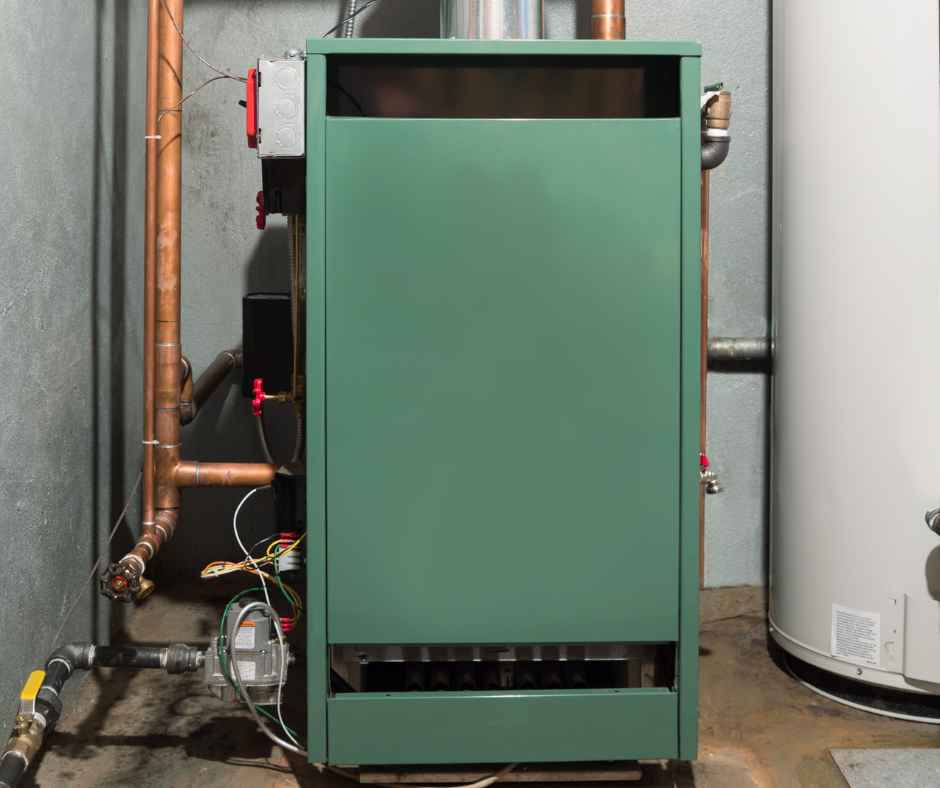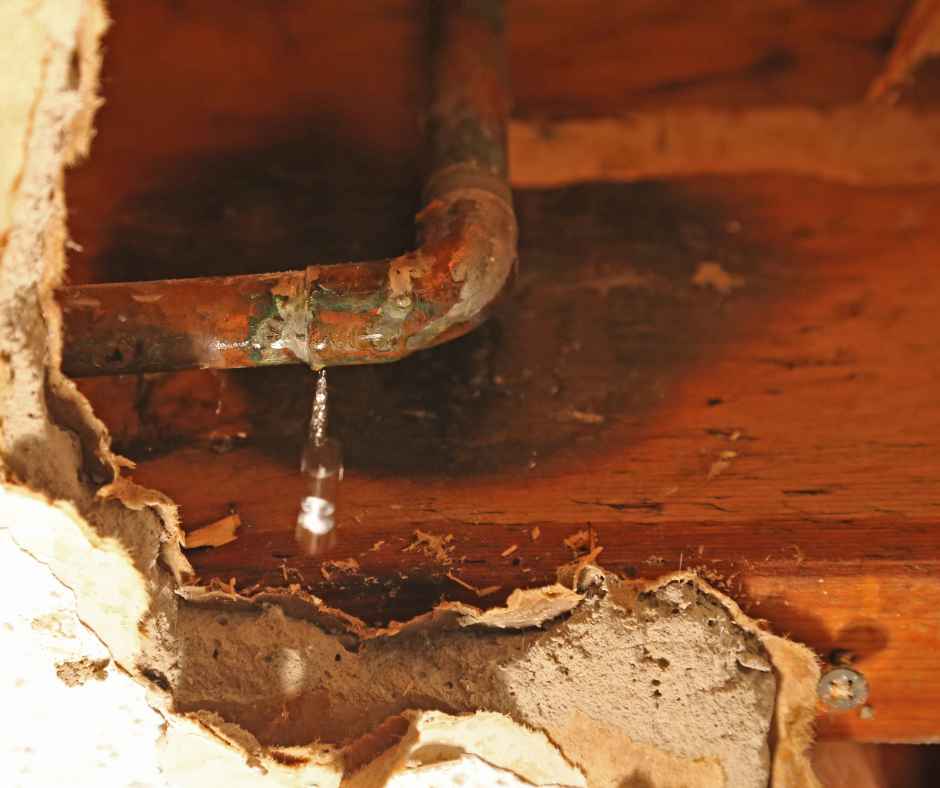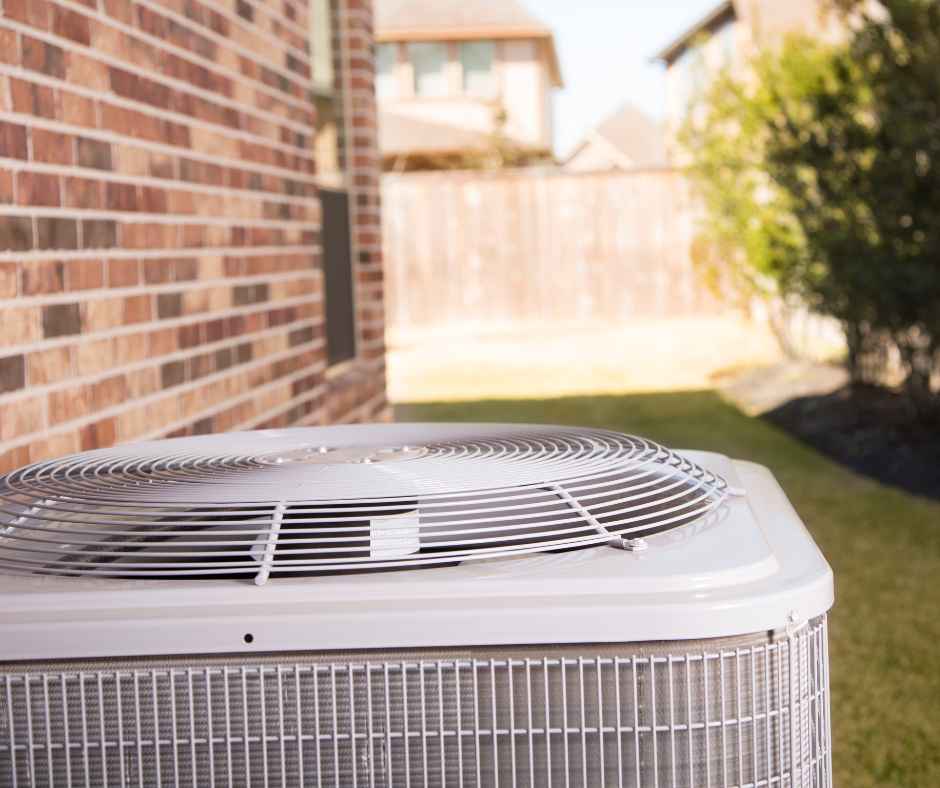Serving central Maryland & eastern shore
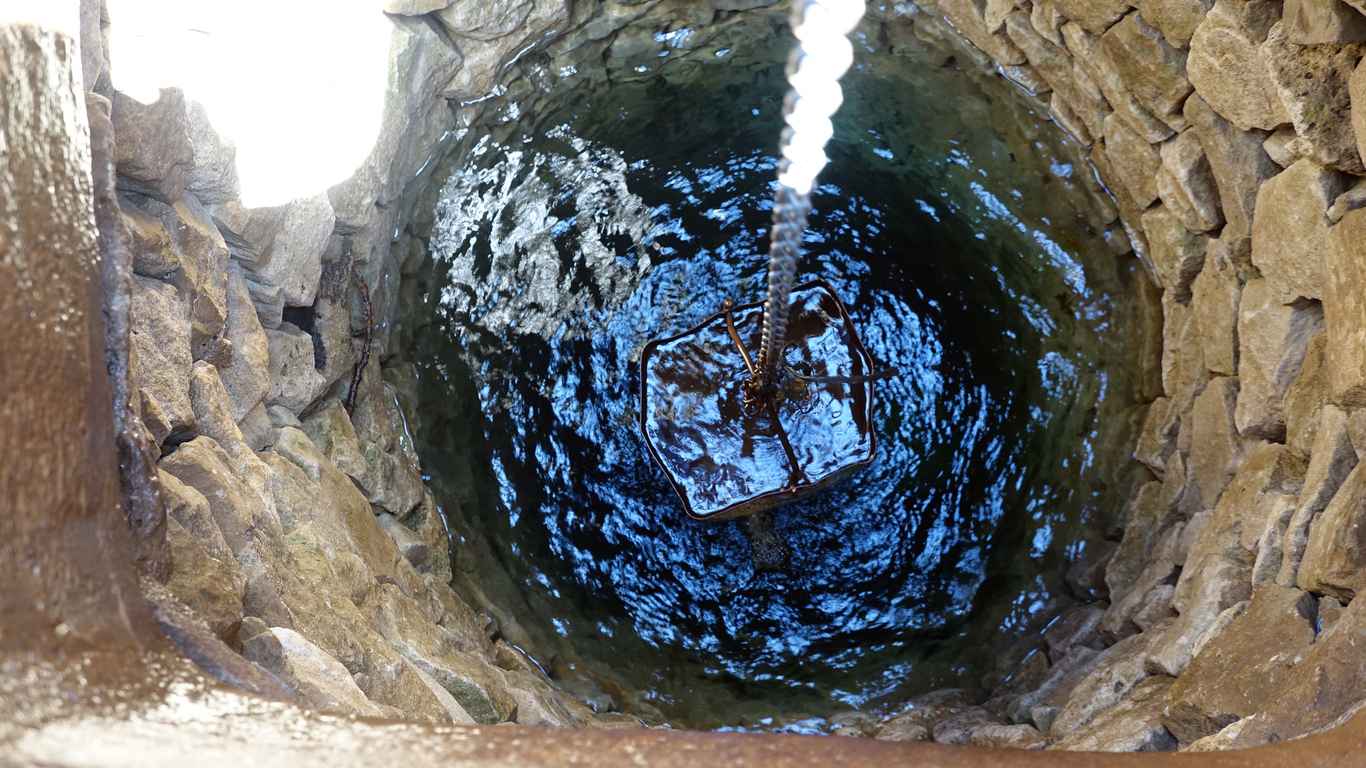
How to Test Well Water
Ensuring the quality of your well water is crucial for the health and safety of your household. Unlike municipal water systems, which are treated and monitored by local authorities, well water requires regular testing by the homeowner to ensure it is safe for consumption. Contaminants such as bacteria, nitrates, and heavy metals can pose serious health risks if left undetected. In addition, factors such as taste, odor, and overall water quality can be impacted by various elements found in your well water.
Regular testing not only helps to maintain a safe water supply but also complies with any local regulations and preserves your property value. In this blog, we’ll guide you through the process of how to test well water, ensuring you have access to clean, safe water at all times.
Why Test Well Water?
Testing your well water is important for several reasons:
- Health and Safety: Contaminants like bacteria, nitrates, and heavy metals can pose serious health risks.
- Regulations: Some areas have regulations requiring regular water testing.
- Taste and Odor: Unwanted minerals and chemicals can affect the taste and smell of your water.
- Property Value: Regular testing can maintain the value of your property by ensuring a safe water supply.
When to Test Well Water
The frequency of testing can vary based on several factors, including the age of your well, local environmental conditions, and recent weather events. Generally, it is recommended to test your well water:
- Annually: At least once a year for bacteria, nitrates, and other contaminants.
- After Heavy Rain: To check for contaminants that may have seeped into your well.
- If You Notice Changes: Any changes in taste, odor, or color should prompt immediate testing.
- If Your Well Is New: Newly constructed wells should be tested before use.
What to Test For
When testing well water, it’s important to check for a variety of contaminants. Common tests include:
- Bacteria: Coliform bacteria and E. coli can indicate contamination from human or animal waste.
- Nitrates: High levels can be harmful, especially to infants and pregnant women.
- pH Levels: Extreme pH levels can indicate the presence of harmful substances.
- Heavy Metals: Lead, arsenic, and mercury can be harmful even in small amounts.
- Minerals: High levels of iron, manganese, and sulfates can affect water quality and plumbing systems.
How to Test Well Water
Testing your well water can be done using several methods:
Home Testing Kits
Home testing kits are a convenient and cost-effective option for initial testing. These kits usually include instructions and materials to test for basic contaminants like bacteria, nitrates, and pH levels. While these kits are useful for routine checks, they may not detect all contaminants.
Professional Laboratory Testing
For more comprehensive and accurate results, consider professional laboratory testing. You can collect a water sample and send it to a certified lab for analysis. This method can test for a wider range of contaminants and provide detailed reports on water quality.
Local Health Departments
Some local health departments offer free or low-cost water testing services. Check with your local authorities to see if these services are available in your area. They may also provide guidance on what specific tests are needed based on local conditions.
Steps to Collect a Water Sample
Collecting a water sample for testing is a straightforward process:
- Use Clean Containers: Ensure your sample containers are clean and sterilized.
- Follow Instructions: Follow the instructions provided by your testing kit or laboratory.
- Collect from the Tap: Collect the sample from a tap that is regularly used, allowing the water to run for a few minutes before collecting.
- Seal and Label: Seal the container immediately and label it with the date and time of collection.
- Send to Lab: If using a lab, send the sample as soon as possible to ensure accurate results.
Understanding the Results
Once you receive your test results, it’s important to understand what they mean. Most reports will provide information on the levels of various contaminants and indicate if they are within safe limits. If any contaminants are found at unsafe levels, take immediate action to address the issue, which may involve treating your water or repairing your well.
Well Water Testing in Maryland
Regularly testing your well water is essential for maintaining a safe and healthy water supply. By understanding how to test well water and what to look for, you can ensure the well-being of your household. If you need assistance with testing or treating your well water, contact Staton Heating, Cooling & Plumbing today. Our experts are here to help you keep your water clean and safe.


